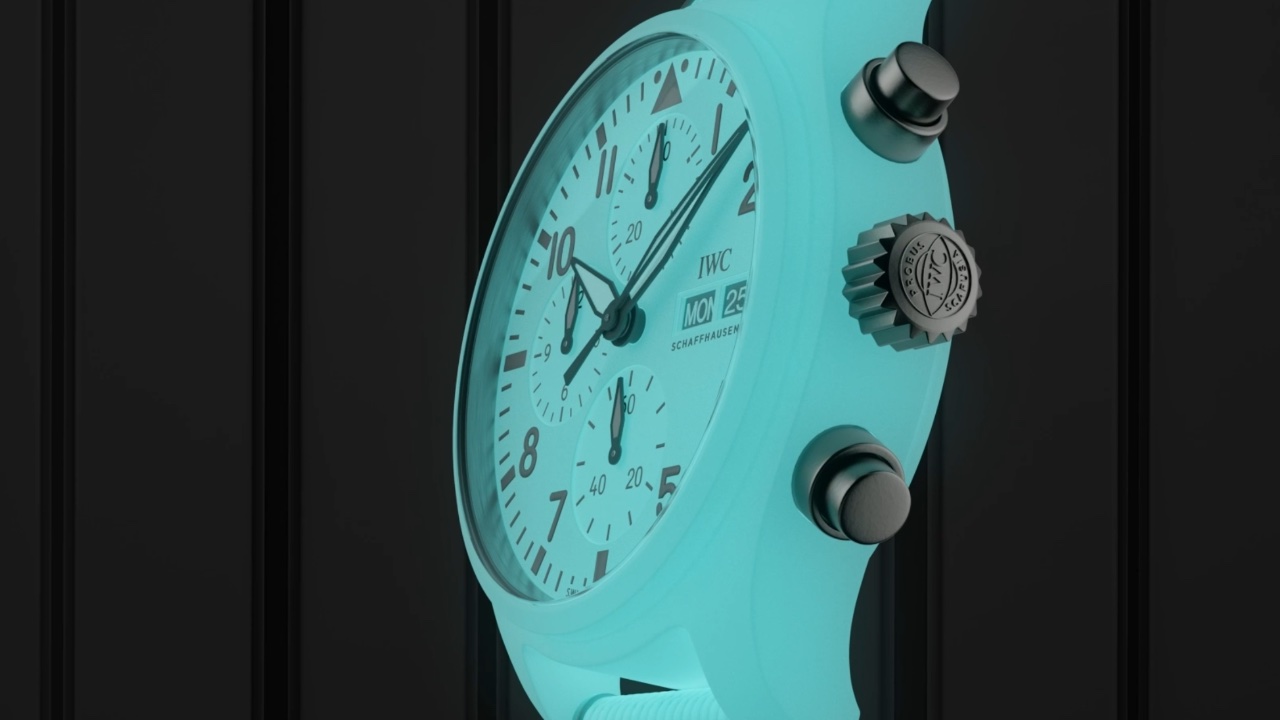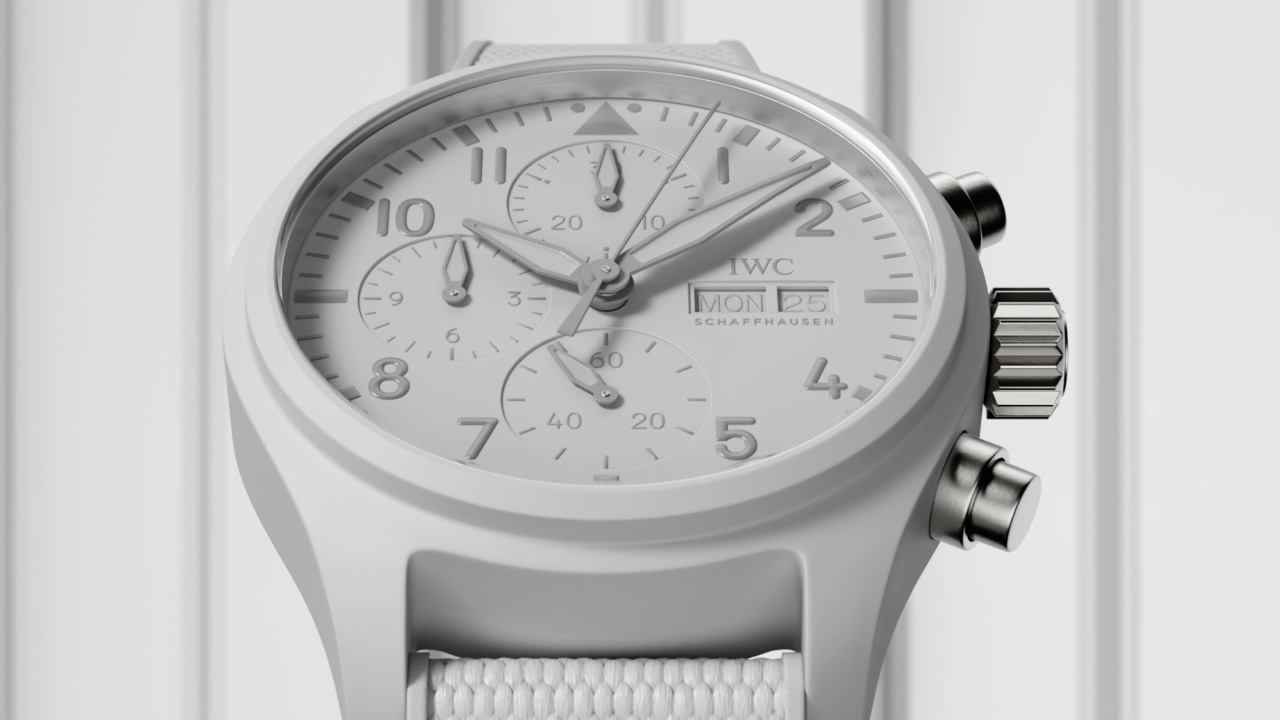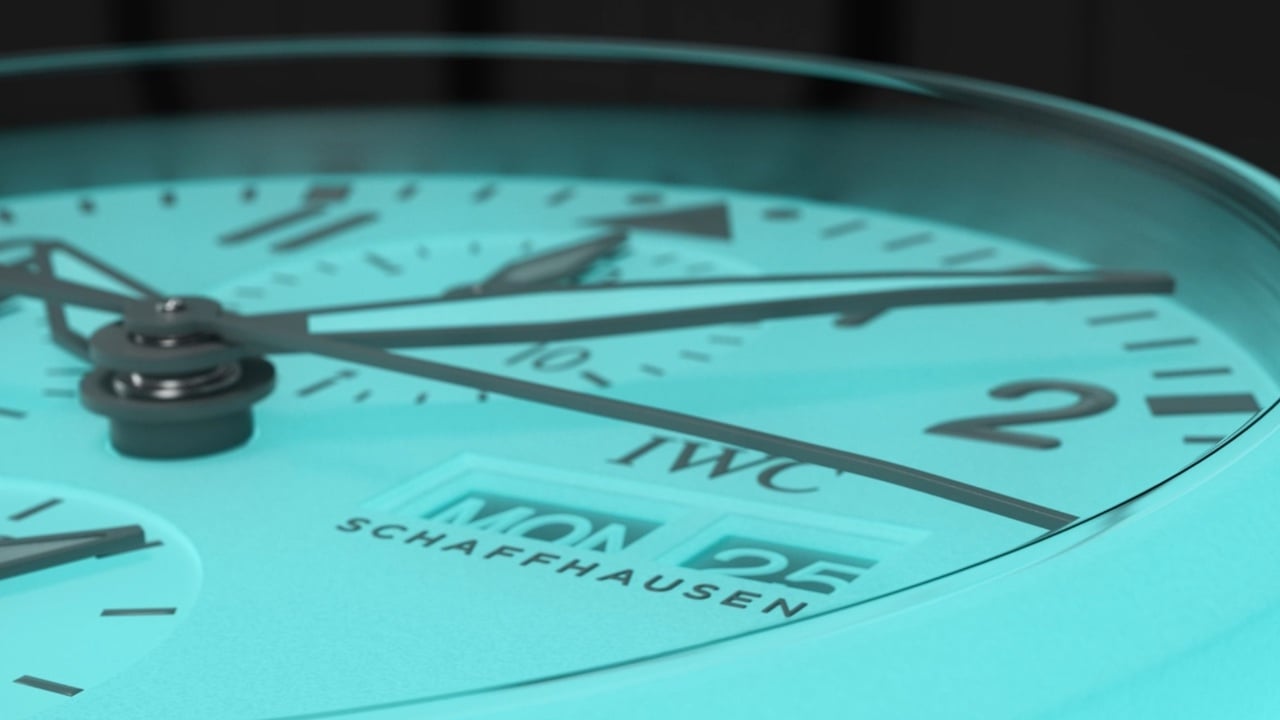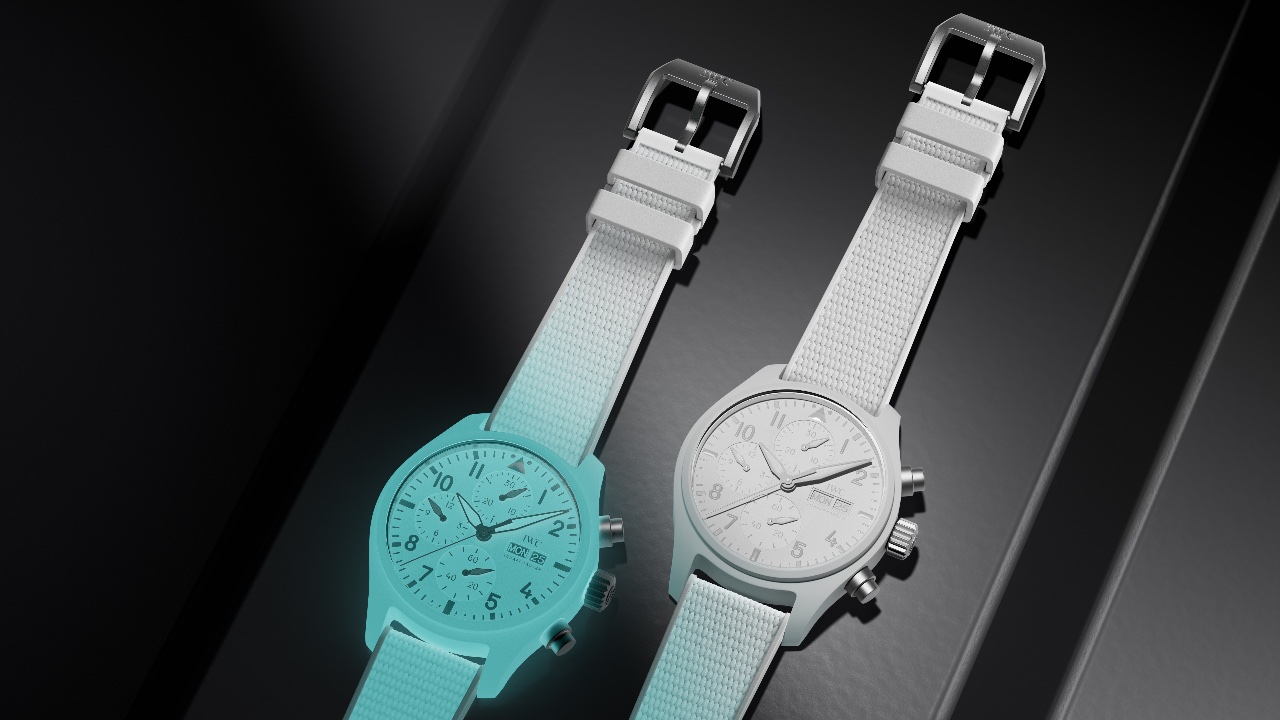Apple has just announced that its WWDC 2024 keynote is scheduled for 10AM PT/1PM ET on June 10 at the Apple Park campus in Cupertino, California. The remaining festivities for the 35th edition of WWDC will run through to June 14, online and free for developers to attend.
What should we expect at this year’s keynote? WWDC is typically a software-centric event, so we might hear some details on the work Apple has been doing around AI over the last year or so. Other reports indicate that Apple will show off a suite of upcoming updates, including iOS 18, iPadOS 18, tvOS 18, macOS 15 and watchOS 11, according to MacRumors. It’s also likely the company will reveal the next operating system for the recently-released Apple Vision Pro headset, visionOS 2.
It’s even possible we’ll get some new hardware announcements. Though typically software-adjacent, last year’s WWDC was chock full of product announcements, from the aforementioned Vision Pro to the 15-inch M2 MacBook Air. The Mac Mini has been missing from recent product refreshes, so maybe the company will announce an M3-based update.
Mark your calendars for #WWDC24, June 10-14. It’s going to be Absolutely Incredible! pic.twitter.com/YIln5972ZD
— Greg Joswiak (@gregjoz) March 26, 2024
As for the new software, there have been plenty of rumors regarding iOS 18. It has been reported that Apple might integrate Google’s Gemini AI with Siri and various iPhone apps. Check the suspicious capitalization of "Absolutely Incredible" in the above post from Apple's VP of worldwide marketing Brad Joswiak for a winking acknowledgement of the move. It’s also been suggested that the smartphone software will allow users to place apps anywhere on the home screen grid and will offer RCS support in the Messages app, along with the usual array of design changes.
The keynote event will be available on the Apple Developer app, the Apple website and YouTube. The company is also inviting 50 winners of its annual Swift Student Challenge to attend WWDC in person.
Update, May 28, 1:15PM: This story was updated after its original March 26 publishing to include the time of Apple's WWDC 2024 keynote.
This article originally appeared on Engadget at https://www.engadget.com/apples-wwdc-2024-keynote-is-scheduled-for-june-10-at-1pm-et-180558382.html?src=rss





